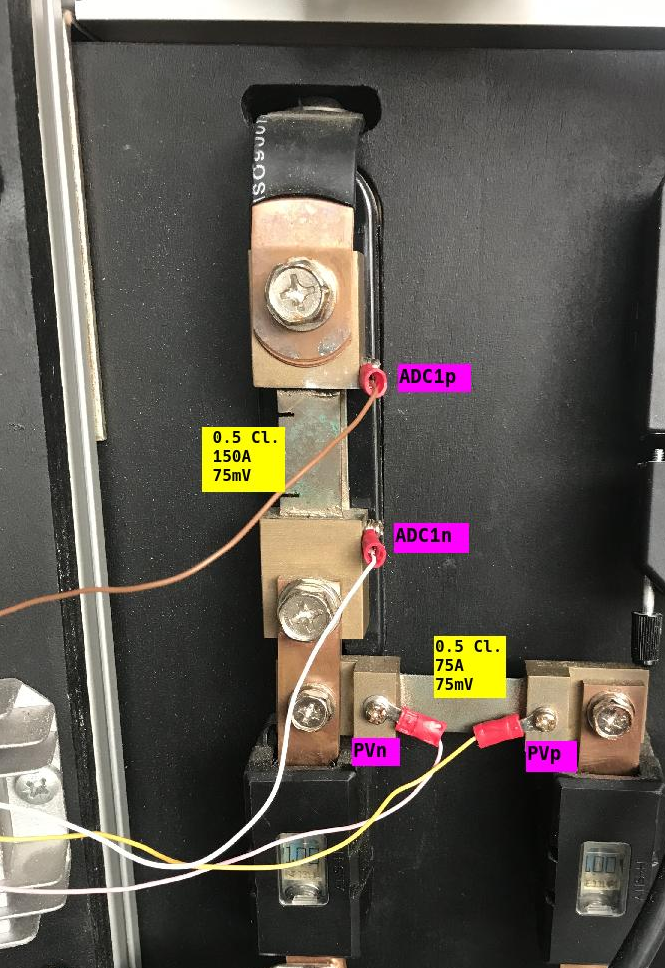The low temperature coefficient of resistance (TCR) is a critical parameter for shunt resistors used in Battery Management Systems (BMS). A low TCR indicates that the resistance value changes minimally with temperature fluctuations, which is essential for maintaining measurement accuracy in various applications.
1. Enhanced Measurement Stability
Shunt resistors with a low TCR provide enhanced measurement stability by ensuring that their resistance remains consistent across a range of operating temperatures. This stability is vital for accurate current measurements, particularly in BMS applications where precise monitoring is crucial.
2. Reduced Thermal Drift
Low TCR values lead to reduced thermal drift, which is the change in resistance due to self-heating when current flows through the resistor. This characteristic is particularly important in high-current applications where power dissipation can cause significant temperature rises.
3. Improved Accuracy in High-Temperature Environments
In environments with varying temperatures, low TCR shunt resistors maintain better performance by minimizing the impact of ambient temperature changes on measurement accuracy. This is especially relevant for electric vehicles and renewable energy systems that experience frequent temperature fluctuations.
4. Long-Term Reliability
Low TCR materials often exhibit better long-term stability and reliability. This is essential for components used in BMS systems that require consistent performance over extended periods, reducing maintenance needs and enhancing system longevity.
5. Compatibility with Precision Electronics
Shunt resistors with low TCR are well-suited for precision analog circuits and high-performance measurement systems where tight tolerances are necessary. Their stable performance contributes to the overall accuracy of the BMS by ensuring that current sensing remains precise and repeatable over time.






